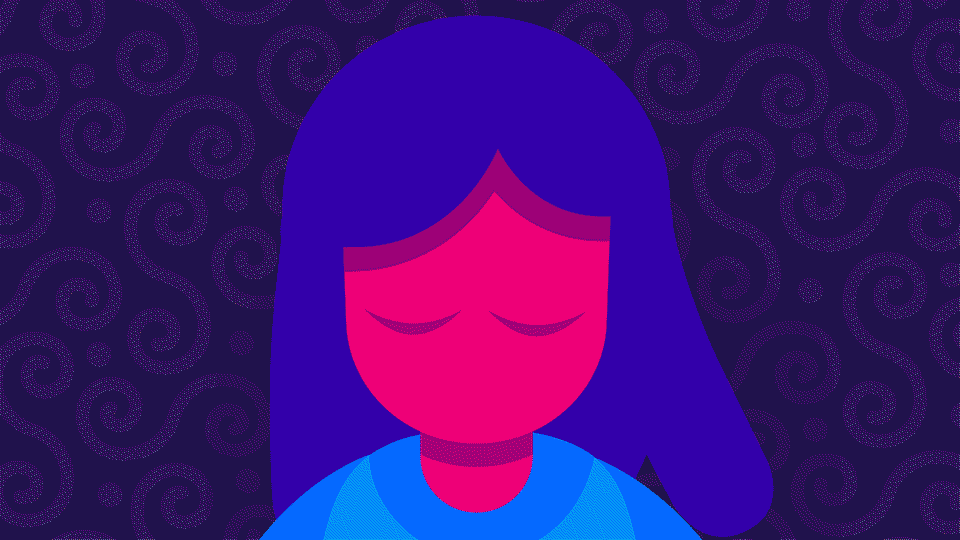

2D animation is the term often used when referring to traditional hand-drawn animation, but it can also refer to computer vector animations that adopts the techniques of traditional animation.
Vector-based animations, meaning computer generated 2D animations, uses the exact same techniques as traditional animation, but benefits from the lack of physical objects needed to make traditional 2D animations, as well as the ability to use computer interpolation to same time.


The vector style has been used in a lof of educational contexts online. Some of the most popular studios who create content for educational videos are Kurzgestagt and Thought Cafe.

The first 3D computer-generated imagery was created for the film Futureworld, in 1976. In the specific scene the hand and face of the actor was enhanced with the help of CGI technology. Futureworld made use of so called 2D digital compositing, in order to materialize characters over the background.

The professional and contemporary look of flat design lends itself well to advertisements.

The 1980s saw an explosion of CGI achievements. The most important milestones was the invention of the Genesis effect that was used to depict highly outlandish landscapes. One of the most notable appliations was in TRON, where 15 minutes of fully rendered CGI footage featured the famous lightcycle scene